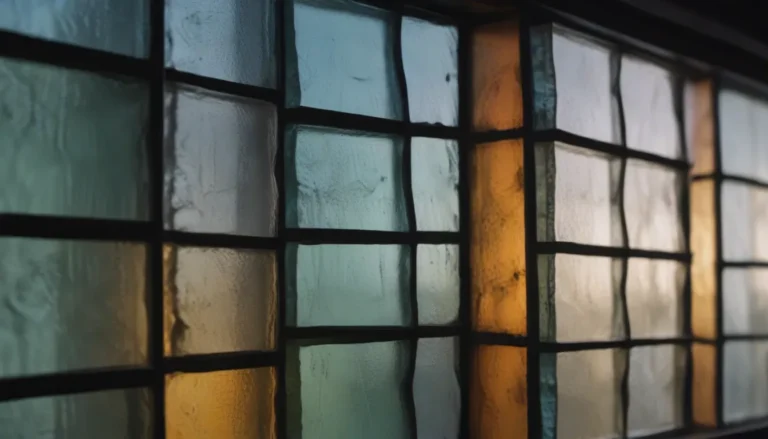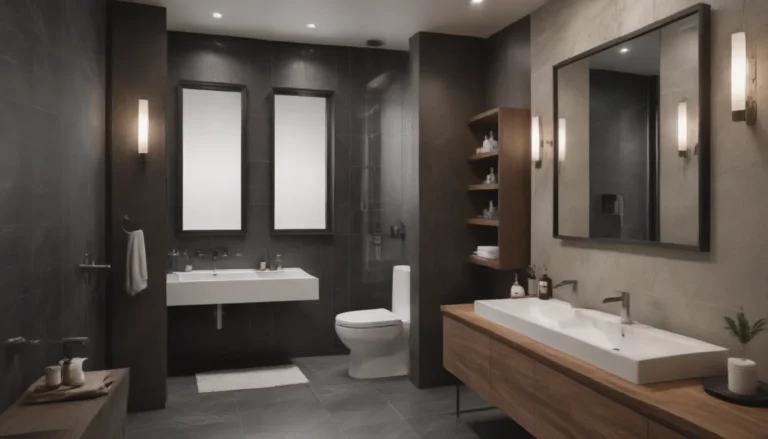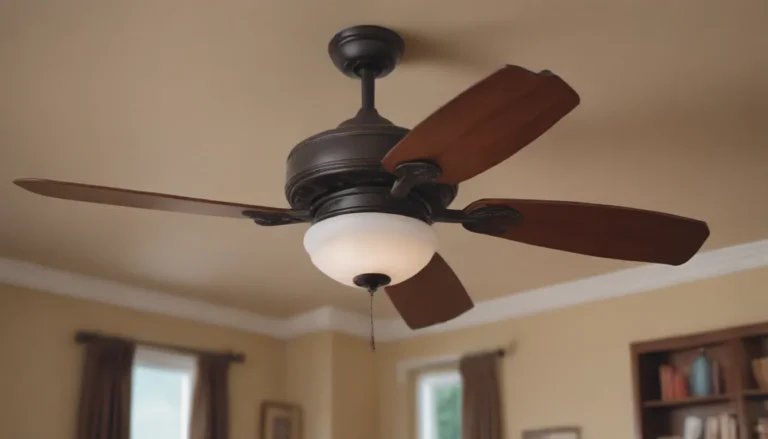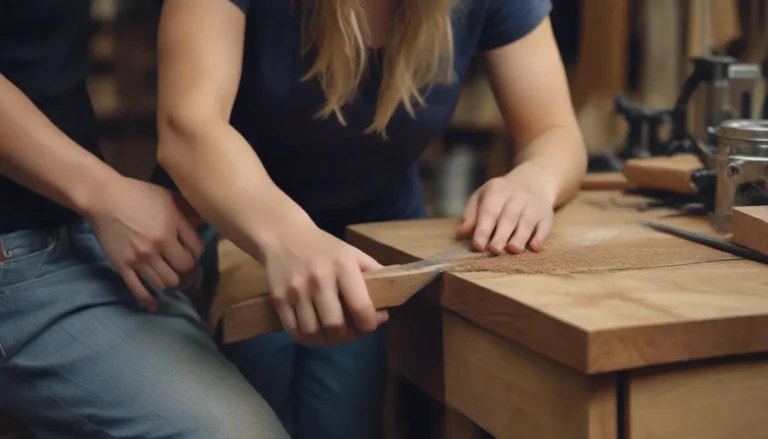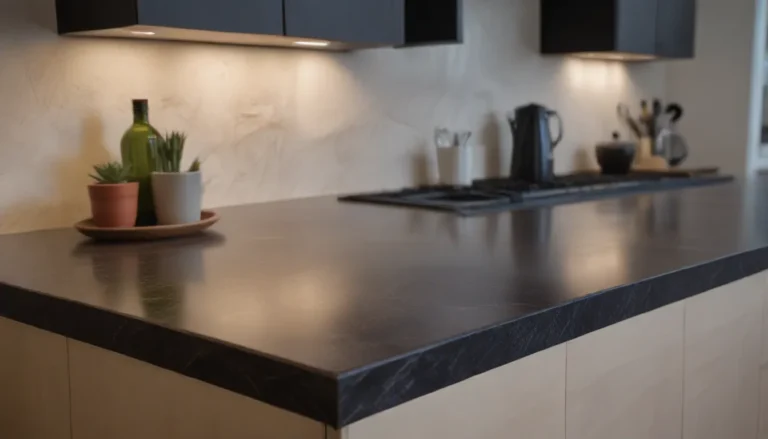Comparing Fibrex Windows to Vinyl Windows: An Extensive Guide for Homeowners

Are you in the market for new windows for your home but feeling overwhelmed by all the material options out there? One popular choice you might be considering is vinyl windows. However, there’s another contender on the block that’s gaining traction and turning heads in the industry: Fibrex windows by Andersen.
In this comprehensive guide, we’ll delve into the differences between Fibrex and vinyl windows, helping you make an informed decision about which option is best suited to your needs. So, grab a cup of coffee, get comfy, and let’s explore the world of windows!
Understanding Fibrex Windows
First things first, let’s break down what Fibrex windows are all about. Fibrex is a composite material developed by Andersen Windows that combines 40% recycled Ponderosa pine wood fibers with 60% polyvinylchloride (PVC). This innovative material was created as a cost-effective alternative to traditional wood windows, utilizing sawdust from wood window production to reduce waste.
One of the key advantages of Fibrex is its resistance to rotting, a common issue with exposed wood. The PVC coating on each wood fiber in Fibrex helps slow down the rotting process, making it a durable and long-lasting option for window frames.
Comparing Fibrex and Vinyl Windows
Insulating Properties
When it comes to insulating properties, both Fibrex and vinyl windows perform similarly. Andersen claims that Fibrex has superior thermal insulation properties, putting it on par with pine or vinyl. This means that you can expect energy efficiency and reduced heating and cooling costs with either material.
Heat Distortion Point
A common problem with vinyl windows, especially darker colors, is heat distortion. Fibrex has a higher heat distortion threshold compared to vinyl, with a heat distortion point of 173°F versus vinyl’s 163°F. While both materials fall below the distortion starting point of 180°F, Fibrex offers better heat resistance, making it a more durable option in high-temperature environments.
Thermal Expansion
Thermal expansion can affect the shape and size of window frames when exposed to sudden temperature changes. Thanks to the low thermal expansion rate of pine wood fibers in Fibrex, this material is less prone to warping than vinyl. Fibrex expands at a rate of 1.6, while vinyl expands at a rate of 4.0, making Fibrex a more stable choice for varying climate conditions.
Compressive Strength
Andersen boasts that Fibrex is twice as strong as vinyl in terms of compressive strength. This means that Fibrex windows can have slimmer frames, allowing for more glazing and natural light in your home. While you may pay a higher upfront cost for Fibrex windows, the added durability and aesthetic benefits make it a worthwhile investment in the long run.
Green Benefits
If you’re environmentally conscious, you’ll be pleased to know that Fibrex windows offer green benefits. By utilizing recycled wood fibers from Andersen’s manufacturing processes, Fibrex reduces waste and promotes sustainability. Choosing Fibrex means supporting eco-friendly practices and minimizing your carbon footprint, making it a win-win for both you and the planet.
Cost
While Fibrex windows may come at a higher price point compared to vinyl windows, the added durability and longevity of Fibrex make it a cost-effective choice in the long term. Investing in Fibrex windows means fewer repairs and replacements over time, saving you money in the maintenance department.
Distribution
One downside of Fibrex windows is that they are exclusive to Andersen, which may result in longer wait times for inventory and installation. In contrast, vinyl windows are more readily available from a variety of manufacturers, offering quicker access and installation options. Consider your timeline and priorities when choosing between Fibrex and vinyl for your window replacement project.
Durability
When it comes to durability, Fibrex windows outshine vinyl windows due to the materials used in their construction. Vinyl windows are prone to warping and cracking in extreme heat, while Fibrex windows can withstand high temperatures, extreme weather, and water damage without rotting or chipping.
In addition to wood and vinyl windows, there are other window materials to consider, such as composite, aluminum, fiberglass, and wood-clad. Fibrex windows offer a unique blend of wood fibers and thermoplastic polymer, making them a versatile and durable option for homeowners.
Conclusion
In conclusion, both Fibrex and vinyl windows have their pros and cons, and the best choice for you will depend on your specific needs and priorities. Fibrex offers superior durability, energy efficiency, and green benefits, making it a popular option for environmentally conscious homeowners. On the other hand, vinyl windows are more affordable and widely available, making them a convenient choice for budget-conscious consumers.
Ultimately, the decision between Fibrex and vinyl windows comes down to your preferences and budget. Whether you prioritize durability, energy efficiency, or cost-effectiveness, there’s a window option out there that’s perfect for your home. So, take your time, do your research, and choose the windows that will enhance your living space for years to come. Happy window shopping!
